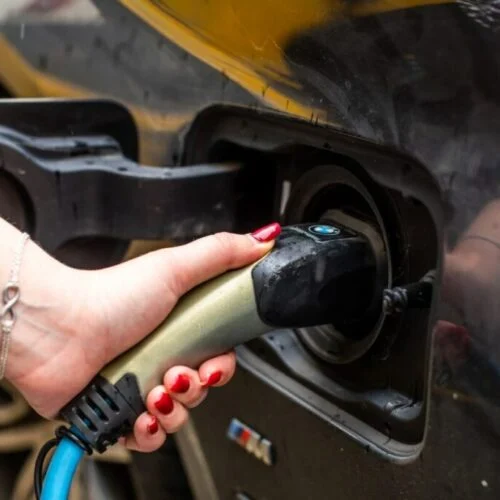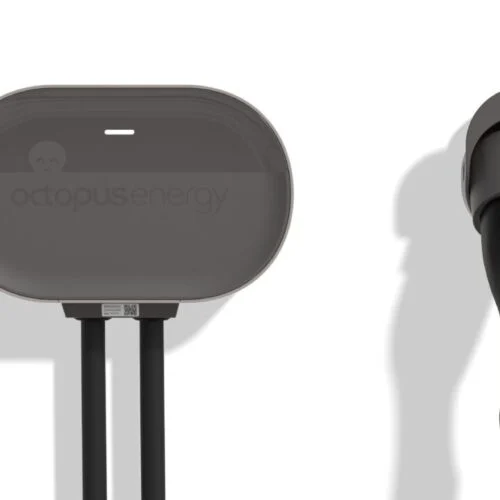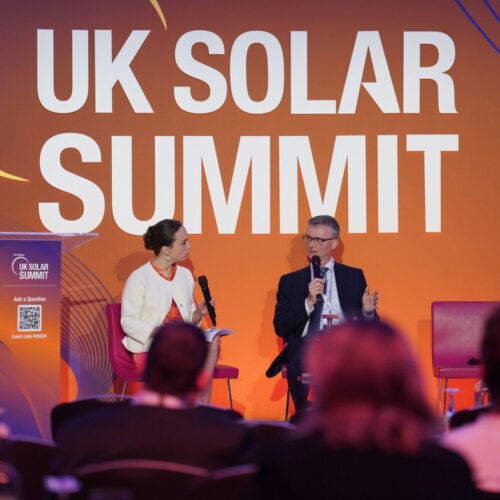The decarbonisation of transportation could be one of the most influential aspects of the net zero journey. With many solutions currently being developed across water, air and land, it is no coincidence that the clean mobility sector is also primed to be one of the most profitable in the coming years.
The UK has always had a rich history with automobile manufacturing and the nation has been pushing ahead with its electric vehicle (EV) strategy which has put it at the forefront of the global EV revolution. But it’s important to note that many countries are now looking at the UK’s model and learning from it to bolster their own efforts.
One geography looking to take full advantage of the rollout of EVs is the US. The nation has been recognised by the International Energy Agency (IEA) as the third largest EV market in the world, only bested by China and Europe. In 2022 alone, EV sales increased by 55% reaching a share of 8%, according to the IEA’s ‘Global EV Outlook 2023: Catching up with climate ambitions’ report. Adding to this, at the end of June 2023, the US hit the 4 million mark for EV sales.
This growth is not set to slow down as we approach the 2030 mark. Through the introduction of new policies aiming to spearhead the growth of EVs in the US, it is predicted that the US market share will double to 20%. Central to this, of course, is the Inflation Reduction Act (IRA) and the combination of this alongside other policies could help deliver a 50% market share for EVs in 2030, in line with its national target.
Current± sat down with US market stakeholder Jumptech and standards organisation The CSA Group to learn more about the difference between the US and UK EV markets.
The benefits of expanding into the US EV market
Jumptech provides an Electrification Installation Platform (EIP) that integrates solutions such as customer communications, digital self-surveys and permit management to streamline the chargepoint installation process.
In June 2023, a new partnership with US installer Chargepros introduced Jumptech into the US EV market.
Jumptech officially entered the US market in June 2023. Chargepros, a Florida-based chargepoint installation company, partnered with Jumptech and used their platform to connect stakeholders and help streamline the rollout of EV charging infrastructure in the US.
Nunn tells Current± that part of the company’s decision to expand into the US market was due to its similarity to the UK, creating a good product-market fit, and the translatability of some of Jumptech’s existing partnerships into the US.
One key difference between the US and UK charging networks, Nunn notes, is the dominance of certain chargepoint installers and market players.
Nunn continues, adding that the US market is “fairly consolidated” around some key market participants, including Tesla, which has a “massive market share”, ChargePoint, and Qmerit.
In recognition of this Nunn tells Current± that Jumptech has “relationships with all three of those businesses.”
“Our strategy is to sign up to installers – we’ve signed up three quite large installers so far – and then in advanced conversations with the sellers [chargepoint manufacturers, automotive companies and utilities], with the intention of them, then using our platform to go out to the installers and say, do you use this platform to measure installations, then you can receive our work?
What long-term impact do you see the Inflation Reduction Act (IRA) having on the US EV market?
One of the most significant legislative moves made by the US government in support of clean energy was the introduction of the Inflation Reduction Act (IRA) in August 2022.
Partly formulated as the US’ response to climate change and energy security concerns, the IRA aims to unlock US$369 billion (£289 billion) funding through investment allowances, tax credits and other financial incentives to accelerate investment in green technology, including EVs.
Becker notes that the two commonly referenced EV credits offered by the IRA are the Clean Vehicle Credit and the Advanced Manufacturing Production Credit.
“The Clean Vehicle Credit provides a tax credit of US$7,500 [£5,905] for new EVs, half of which if the vehicle is made with domestic battery and half if the vehicle is made with domestic critical minerals,” explains Mike Becker.
“The purpose of this credit is to incentivise consumers to purchase and adopt EVs. The credit lowers the overall cost of an EV which is important given that EVs are priced at a premium compared to their internal combustion equivalents.”
The credits also look to bolster domestic manufacturing of EVs and EV batteries, an incentive that has proved fruitful as Becker notes that many manufacturing plants have been announced in North America in consequence.
Becker adds: “The hopeful long-term impact is that these incentives drive domestic manufacturing to lower the cost of EVs and cause widespread consumer adoption. That is also the goal for the credit for EV charging infrastructure. The up to 30% credit for EV charging infrastructure is aimed at adding public and private charging stations which are essential to facilitating consumer adoption of EVs.”
The IRA is still a new legislation, however, which means some of the US EV market is still navigating how to access funding as Phil Nunn, founder of Jumptech explains.
“What we’re still finding is that a lot of companies are trying to work out how to access [IRA funding],” says Nunn.
“So it feels like there’s an industry developing around accessing that funding, rather than it being a process that everyone understands.”
Does power supply and permitting present a barrier to developing the US EV charging network?
“There are definitely limitations in the power supply, or grid infrastructure, that present a barrier to the EV charging network,” Becker tells Current±.
“Public charging stations target very high-power outputs up to 350kW or even higher. The goal is to provide a fast-charging session similar to how a consumer would experience when filling gasoline in a combustion vehicle.”
Emulating the fossil-fuel car experience is the strongest chance the EV market has for facilitating mass adoption. One of the key aspects of this is having the fastest possible charging experience, which requires a high-powered charging station.
Becker, however, notes that many chargepoint locations don’t have the grid power needed for such power available.
With grid upgrades being time-consuming and expensive the US have begun looking into alternate solutions.
“Some solutions being considered include installing energy storage (batteries) onsite to provide high power when needed, integrating other renewables like solar, or through energy management of a charger network ensuring power is balanced and spread correctly,” says Becker.
“Funding is also being made available for these infrastructure improvement projects on the grid. A streamlined permitting process would also help with the installation of EV chargers. The installation rate of fast DC chargers is low and needs to be sped up if mass consumer adoption of EVs is the desired result.”
How sophisticated are EV flexibility options in the US such as Vehicle-to-Grid?
Both Becker and Nunn expressed the complexity of Vehicle-to-Grid (V2G) offerings in the US.
“These types of options are in a state of development and flux with standards being updated and released,” says Becker.
Speaking of Jumptech’s experience, Nunn says: “We haven’t come across [V2G in the US] much, it feels like it’s a little way behind.”
However, Nunn adds that he believes “there is going to be greater demand V2G given the power outages and challenges experienced in the US due to climate change.”
Becker noted that the US has a “wide variety of options” for connectors and communication protocols that could be utilised in implementing V2G features, however, at present there is no mandate for a common architecture of connector or feature to be set for EVs or EV charging infrastructure.
“Federal funding is trying to incentivise adoption of common standards to facilitate the transition but it is not mandatory. Progress is being made in the industry with EV and EV charging manufacturers working together to ensure these features work seamlessly in the field,” says Becker.
“As progress continues on standards development, the goal is that EVs and EV charging stations adopt these standards to ensure a common experience and features for consumers.”
To learn more about V2G interconnections standards for bi-directional charging solutions, readers can watch Current±’s webinar with The CSA Group here.





